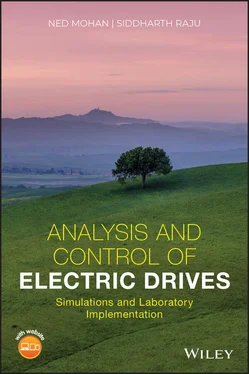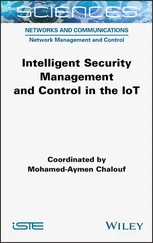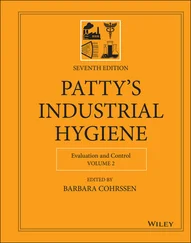1‐2‐1 Energy‐Saving Potential in Harnessing of Wind Energy
One of the significant roles of electric drives is in harnessing wind energy. The block diagram for a wind‐electric system is shown in Fig. 1-2, where the variable‐frequency ac produced by the wind‐turbine‐driven generator is interfaced with the utility system through a power electronic converter (PPU). By letting the turbine speed vary with the wind speed, it is possible to recover a higher amount of energy in the wind compared to systems where the turbine essentially rotates at a constant speed due to the generator output being directly connected to the utility grid. The harnessing of wind energy involving ac drives is crucial for generating carbon‐free electricity [3], and this application is sure to grow rapidly.

Fig. 1-2 Electric drive for wind generators.
1‐3 ENERGY‐SAVING POTENTIAL IN THE END‐USE OF ELECTRICITY
According to [4], the United States consumed approximately 96 quadrillions BTU (quads) of primary energy in 2013 (it was nearly 100 quads in 2018), as shown in Fig. 1-3. Out of the total, 32% was consumed in the industrial sector and 39% in the residential and the commercial sectors combined.
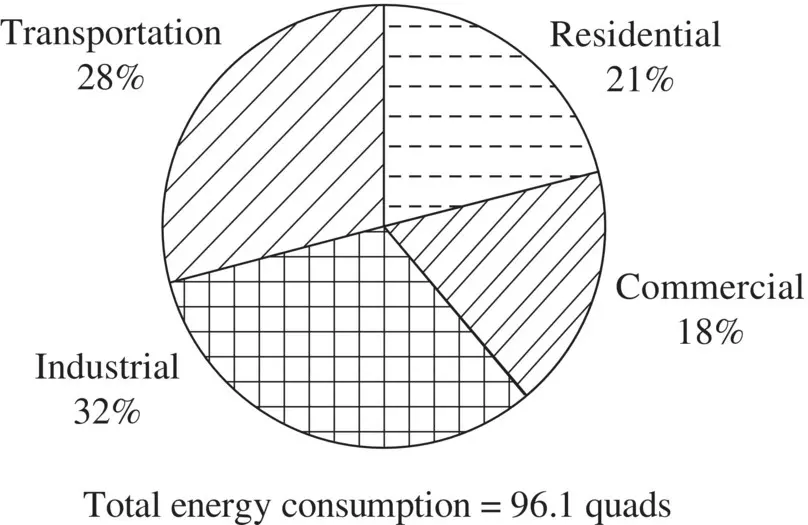
Fig. 1-3 Primary energy consumption by end‐use sector in the United States in 2013.
1‐3‐1 Energy‐Saving Potential in the Process Industry
Traditionally, motors were operated uncontrolled, running at constant speeds, even in applications where efficient control over their speed could be very advantageous. For example, consider the process industry (e.g. oil refineries and chemical factories) where the flow rates of gases and fluids often need to be controlled. As Fig. 1-4a illustrates, in a pump driven at a constant speed, a throttling valve controls the flow rate. Mechanisms such as throttling valves are generally more complicated to implement in automated processes and waste large amounts of energy. In the process industry today, electronically controlled adjustable‐speed drives (ASDs), shown in Fig. 1-4b, control the pump speed to match the flow requirement. Systems with ASDs are much easier to automate and offer much higher energy efficiency and lower maintenance than the traditional systems with throttling valves.

Fig. 1-4 Traditional and ASD‐based flow control systems.
According to [1], the US industrial motor systems of all sizes and in all applications have the potential energy‐saving opportunity, as a percentage of the US end‐use electricity load, from 3.3 to 8.9%.
These improvements are not limited to the process industry. Electric drives for speed and position control are increasingly being used in a variety of manufacturing, heating, ventilating, and air conditioning (HVAC), and transportation systems, as we will see in the subsequent sections.
1‐3‐2 Energy‐Saving Potential in the Residential and Commercial Sectors
Out of the total, the residential and commercial end‐uses represent 39% of the total energy consumed, as depicted in Fig. 1-3. In the residential sector ( Fig. 1-5a), the primary energy consumption of electric motor‐driven systems and components is 4.73 quads. In the commercial sector ( Fig. 1-5b), it is 4.87 quads. Fig. 1-5a and b provide a breakdown of motor‐driven energy consumption by end‐use for the residential and commercial sectors, respectively. Thus, approximately 10% of the total primary energy consumed can be attributed to electric motor‐driven systems in the residential and commercial sectors.
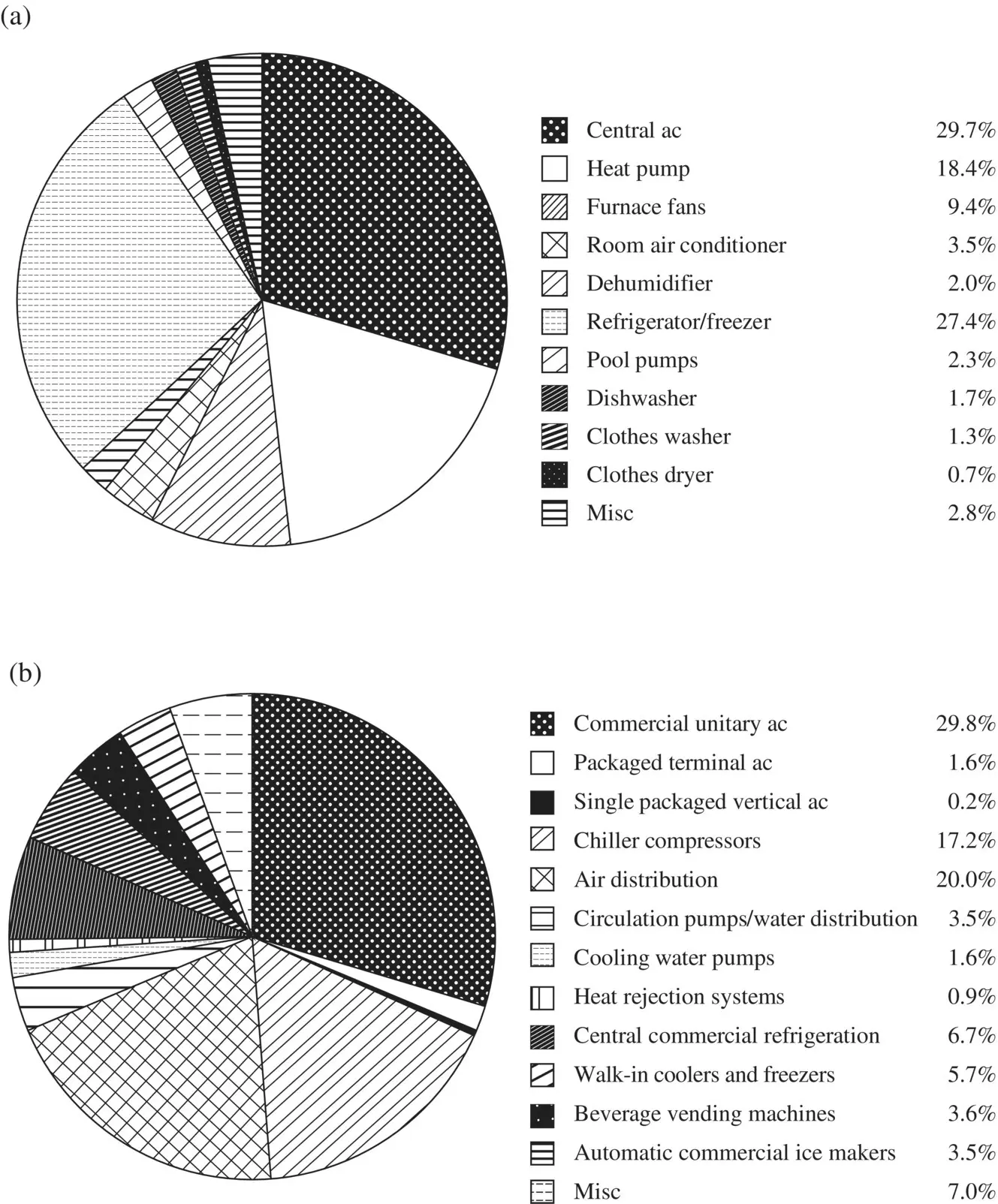
Fig. 1-5 Energy usage in (a) residential sector and (b) commercial sector.
According to [4], the technical energy‐saving potential achievable through motor upgrades and variable speed technology is estimated to be 536 trillion BTU (0.54 quads) of the primary energy in the residential sector.
In the commercial sector, technical potential due to motor upgrades alone is 0.46 quads of the primary energy, whereas the potential savings resulting from the use of variable‐speed drives alone is 0.53 quads of the primary energy.
Therefore, the primary energy‐saving potential in the residential and the commercial sectors combined is approximately 1.53 quads. This, as a percentage of the total primary energy consumed, is approximately 1.5%. Assuming the efficiency by which the primary energy is converted to electricity to be 35%, the savings of 1.53 quads of the primary energy equals approximately 157 billion kWh of saved electricity. As a percentage of the total electricity generated in 2018 in the United States, this represents savings of 3.76%.
Therefore, in the United States, industrial motor systems of all sizes and in all applications, combined with the motor systems in residential and commercial sectors, have the potential energy‐saving opportunity, as a percentage of the total US end‐use electricity is from approximately 7 to 12%.
1‐4 ELECTRIC TRANSPORTATION
As shown earlier in Fig. 1-3, the transportation sector represents 28% of primary energy consumption. In 2016, the emission of greenhouse gases from the transportation sector surpassed that of the electric power sector in the United States. Therefore, electrifying transportation is of extreme importance where electric motors are used. This is true for all modes of transportation:
1 Ground transportation using automobiles in the form of electric vehicles for personal transport but also in trucks and buses. These could be in the form of electric, hybrid‐electric, or plug‐in hybrid or hydrogen fuel‐cell vehicles.
2 High‐speed trains and metro transit systems.
3 Aircrafts that all use electric generators and motors.
1‐5 PRECISE SPEED AND TORQUE CONTROL APPLICATIONS IN ROBOTICS, DRONES, AND THE PROCESS INDUSTRY
In addition to energy savings, there are many electromechanical systems where it is important to precisely control their torque, speed, and position. Many of these systems, such as elevators in high‐rise buildings, we use on a daily basis. Many others operate behind the scene, such as mechanical robots in automated factories, which are crucial for industrial competitiveness. Even in general‐purpose applications of ASDs, such as pumps and compressors systems, it is possible to control ASDs in a way to increase their energy efficiency. Advanced electric drives are also needed in wind‐electric systems to generate electricity at variable speed. Hybrid‐electric and electric vehicles represent an important application of advanced electric drives in the immediate future. In most of these applications, increasing efficiency requires producing maximum torque per ampere, as will be explained in this book. It also requires controlling the electromagnetic torque, as quickly and as precisely as possible. As illustrated in Fig. 1-6, the load torque T Loadmay take a step‐jump in time, in response to which the electromagnetic torque produced by the machine T emmust also take a step‐jump if the speed ω mof the load is to remain constant.
Читать дальше
